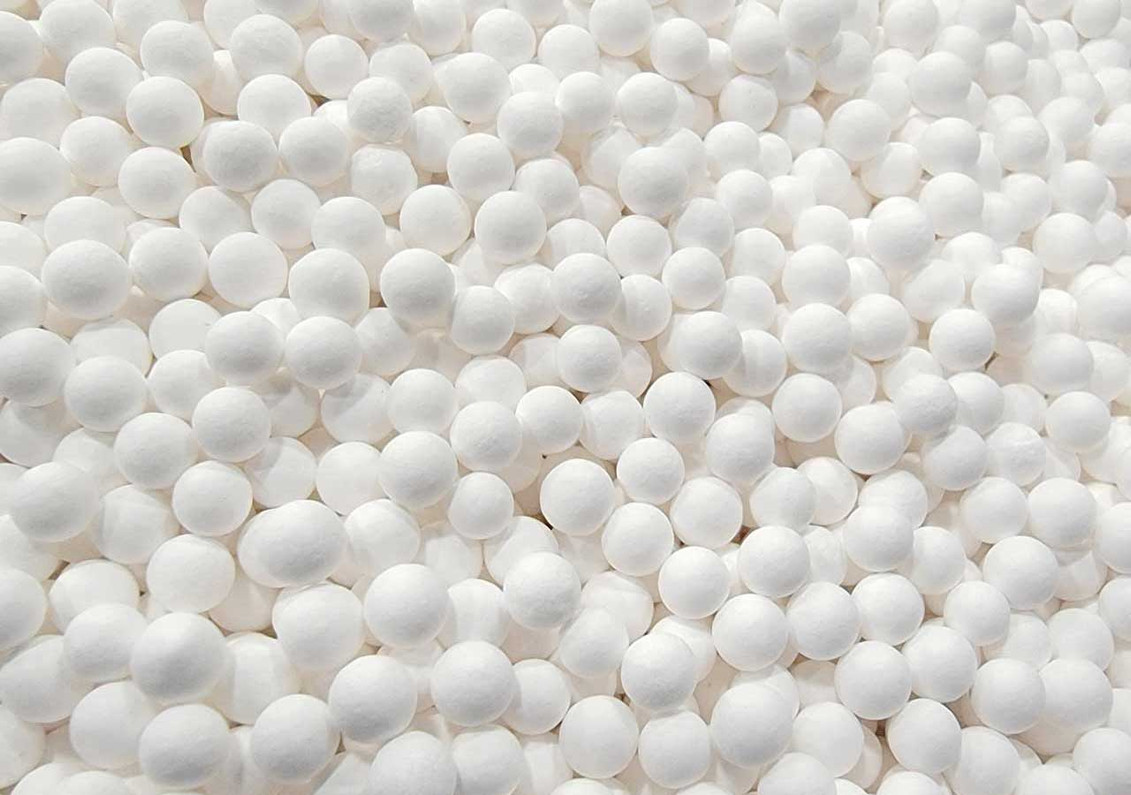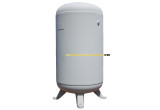Are Activated Alumina Desiccant and Aluminum Oxide the Same?
Aluminum oxide and activated alumina are two materials that are often confused due to their similar names and chemical makeup, but they have distinct properties and uses. What are the difference between Activated Alumina desiccant and Aluminum Oxide? We get asked this a lot, so let's find out!
Aluminum Oxide: Properties and Uses
Aluminum oxide, also known as alumina, is a chemical compound with the formula Al2O3 (or AI2O3). It is a hard, durable material that is used in many types of industrial applications thanks to its stability and resistance to wear and corrosion.
Properties:
- Hardness: Aluminum oxide is known for its hardness, making it suitable for use as an abrasive.
- High Melting Point: It has a high melting point, which allows it to withstand extreme temperatures.
- Electrical Insulation: It is a good electrical insulator, which is why it's used in electronic components.
Uses:
- Abrasives: Due to its hardness, it is commonly used as an abrasive in sandpapers, grinding wheels, and cutting tools.
- Ceramics: Its thermal stability and insulation properties make it a preferred material for high-temperature ceramic applications.
- Electronics: Used in the substrate and insulating layers of integrated circuits due to its good electrical insulating properties.
- Glass Production: It's a key ingredient in the manufacture of glass, where it improves the durability and resistance of the final product.
Activated Alumina Desiccant: Properties and Uses
Activated alumina, on the other hand, is a form of aluminum oxide that is highly porous and has a large surface area. It is specifically designed for adsorption and catalytic applications.
Properties:
- Porosity: High porosity and surface area make it an excellent adsorbent.
- Chemically Inert: It is stable in various chemical environments.
- Thermal Stability: Retains its structure and adsorption capacity at high temperatures.
Uses:
- Desiccant: Its primary use is as a desiccant, where it adsorbs water from compressed air, preventing damage to sensitive equipment and products.
- Water Filtration: It removes fluoride, arsenic, and selenium from water.
- Catalyst Support: Used as a carrier for catalysts in chemical reactions due to its high surface area.
- Gas Purification: Effective in purifying gases, like removing hydrogen peroxide from the air.
Key Differences
- Structure and Porosity: The primary difference lies in their structure; activated alumina is highly porous, whereas aluminum oxide is solid and hard.
- Application Focus: Aluminum oxide is used for its physical properties like hardness and thermal stability, while activated alumina is valued for its adsorption properties.
- Chemical Reactivity: Activated alumina has a higher reactivity in adsorption processes compared to aluminum oxide.
Although aluminum oxide and activated alumina are related, they serve very different purposes. Aluminum oxide is a durable material used in abrasives and ceramics, while activated alumina is a highly effective adsorbent used in desiccants and water filtration. Understanding the properties and applications of each material is crucial for their effective and efficient use in various industrial applications. As Paul Harvey would say, "And now you know... the rest of the story. Good day!"
Recent Posts
-
The Resurgence of Natural Gas Deliquescent Dryers and Desiccants in 2025
How emission-free deliquescent desiccant technology is paving the way for greener operations and low …Jan 06, 2025 -
The Origins and Evolution of Compressed Air Technology
Compressed air, often referred to as the "fourth utility" alongside water, electricity, and natural …Jun 28, 2024 -
Popular Sizes of Vertical Air Receiver Tanks
Sizing and deciding on the best air receiver tank for your compressed air application can be conf …May 05, 2024




